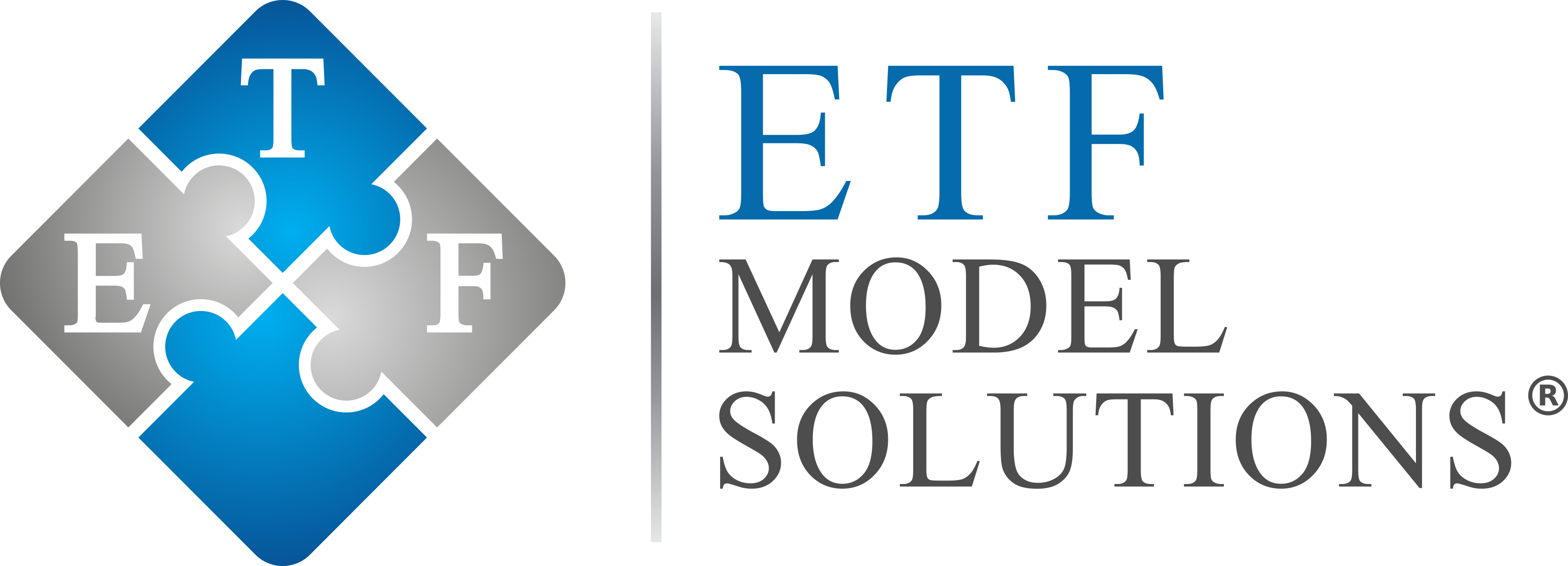When building an investment option lineup for a 401(K) or 403(b) plan, what is an optimal choice to have from a best practices point of view? Per our recommendation, it should broadly follow the selection process below:
- Offering 10 to 16 core funds which cover broad asset class exposures like U.S. Equities (Large, Mid and Small Cap), International Equities (Large and Small Cap), Emerging Market Equities (Large and Small Cap), Domestic Fixed Income, International Fixed Income, High Yield Fixed Income, Leveraged Loans, Inflation Protection Fixed Income, Emerging Market Debt, Convertibles, Preferreds, REITs, Commodities, Infrastructure, which do not include managed fund choices.
- A set of professionally managed investment options (e.g.; risk based portfolios, model portfolios, balanced funds or target date funds) with the most common offering being target-date funds.
- At least a couple of conservative fund choices typically including a stable value or money market fund.
- Mutual fund offerings that feature the lowest cost share class available which generally do not pay any soft dollar revenue to the recordkeeper or adviser.
- Sufficient index fund options to allow participants to passively invest in various broad asset classes.
And you should also consider:
- Collective Investment Trusts/Funds. This approach can reduce participant costs by as much as 1/2% as compared to other options.
- Passively managed TDFs. There are a number of target-date fund series that use index funds as their underlying investments. If your 401(k) plan is smaller and you can’t use CITs as your target-date option, consider using one of these target-date series.
- Cost. Cost has become one of the most important factors in determining the investment options plan sponsors decide to offer. The average cost of a 401(k) fund line-up will vary based upon plan size. However, it is safe to say that for most plans average cost should be between 40 and 75 basis points.
- More is not better. There are many studies showing that the more options offered, the more confusion participants experience and the less they contribute and participate. Although the average number of investment options offered in 401(k) plans has risen to 15, according to Vanguard the average number of investment funds used by participants has remained consistent over time at 3.
